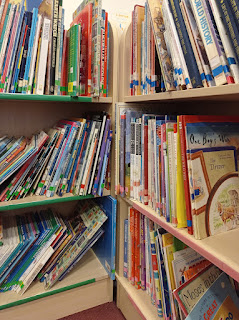Reading Aloud: The Magic of Shared Stories and How to Make It Work With Your Child - Teach Your Child to Read

Picture this, cosy blankets, comfortable chairs, and the soothing sound of your voice as you read aloud to your child . Reading together is more than just a bonding experience—it's a magical journey that opens up new worlds and fosters a love of reading . Today we'll explore the joy of reading aloud and share tips on how to make it a regular and enjoyable part of your family routine. The Power of Reading Aloud : Reading aloud is a wonderful way to share stories, build vocabulary , and strengthen family bonds. Here are some of the benefits of reading aloud: Language Development : Reading aloud exposes children to new words and helps them understand how language works. Comprehension Skills : Listening to stories helps children develop comprehension skills, such as predicting, summarising, and making connections. Bonding Time : Reading together creates precious memories and strengthens the bond between parents and children. Love of Reading : Reading aloud instills a love of readi




